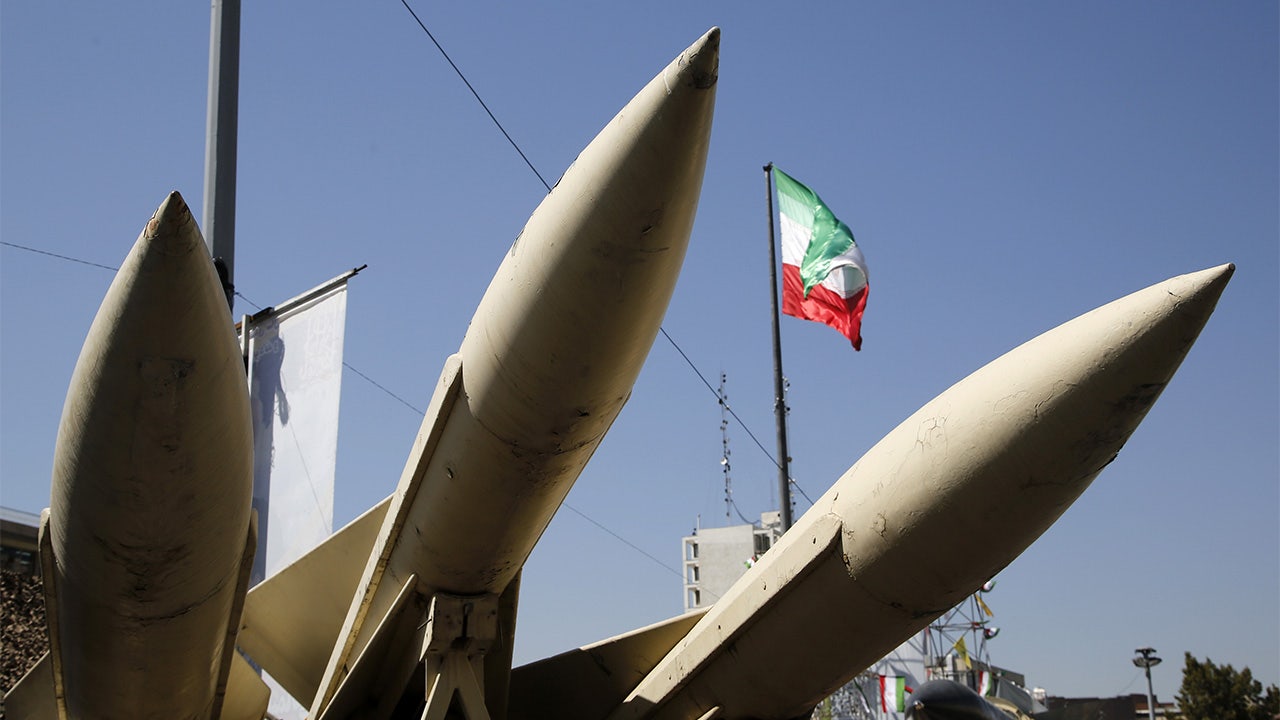World
Biden will give Ukraine controversial land mines in policy shift
Russia changed its criteria for nuclear weapons in response to U.S.
Vladimir Putin changed Russia’s nuclear doctrine after the U.S. lifted a ban on Ukraine using long-range missiles.
WASHINGTON − The Biden administration will for the first time give Ukraine antipersonnel land mines, controversial weapons condemned by arms control groups for their high rates of civilian death and injury.
Although the U.S. has provided anti-tank mines to Ukraine throughout the Russian invasion, it will soon begin providing antipersonnel land mines, or APLs, a U.S. official said. Antipersonnel mines are more easily triggered than anti-tank mines.
Secretary of Defense Lloyd Austin confirmed the U.S. will give Ukraine the land mines on Wednesday.
The Ukrainians “have a need for things that can help slow down that effort on the part of the Russians,” he told reporters. “They’re fabricating their own anti-personnel landmines right now.”
Antipersonnel land mines are banned by a treaty signed by more than 160 countries, but the U.S. and Russia aren’t signatories. Arms control and human rights groups say they cause disproportionately high civilian casualties, and some can endanger civilians years after a conflict ends.
The land mines the Biden administration will give Ukraine are “non-persistent,” meaning they will lose their explosiveness after a certain period of time.
Austin said the U.S. “can control when they would self-activate, self-detonate,” making them safer than improvised devices Ukraine is currently using.
Arms control organizations say the dangers to civilians still apply.
The official said the devices require battery power to detonate – once the battery runs out after a period of up to two weeks, they will become “inert” – unlike land mines Russia has used in eastern Ukraine. Ukraine will only use the weapons defensively on its own territory, and the U.S. will seek commitment from Ukraine to limit civilian risk, according to the official.
The Biden administration last year faced backlash for giving Ukraine “cluster munitions,” another controversial weapon banned by more than 100 nations and criticized by human rights groups.
Biden set a policy banning antipersonnel land mines outside the Korean peninsula in 2022 after President-elect Donald Trump reversed Obama-era restrictions on the weapons during his first term in 2020.
The land mine reversal comes days after President Joe Biden authorized Ukraine to use U.S.-provided ATACMS missiles to carry out strikes deep within Russian territory, permission long-requested by Ukraine and its supporters in Washington.
Ukraine carried out its first strike using the weapons inside Russia on Tuesday. It prompted Russian President Vladimir Putin to upgrade Russia’s nuclear doctrine to lower the bar for the country’s use of nuclear weapons, the latest in a long line of nuclear threats against the U.S. and Ukraine’s western allies.
The Biden administration is rushing to fulfill its promise to deliver more than $7 billion in aid to Ukraine before Trump enters office in January. He will not push Congress for more Ukraine aid, a senior administration official told USA TODAY this week.
International treaty bans land mines
Arms control and humanitarian organizations have campaigned against the use of antipersonnel land mines for decades.
“Data has shown again and again that when antipersonnel landmines are used, civilians are disproportionately injured or killed,” Hannah Guedenet, U.S. executive director of aid group Humanity & Inclusion, said in a statement.
The International Campaign to Ban Landmines condemned the “terrible decision by the U.S.,” according to a statement shared with AFP. “The U.S. Campaign to Ban Landmines and all the ICBL will be working to get the U.S. to reverse it.”
Oleksandr Bortnikov, head of the Ukrainian Association of Humanitarian Demining, told USA TODAY in a written statement the Ukrainian military “typically creates a map of the mined areas, and this information is kept in their archives.”
“We do not have the authority to comment on the appropriateness of certain actions, as we are not a military organization,” he said. “Any explosive device inherently poses a theoretical threat to people.”
Ukraine is “severely contaminated” with land mines dropped during the current conflict and the 2014 war in eastern Ukraine, according to a 2023 Human Rights Watch report. The explosives, dropped by both Russian and Ukrainian forces, have been documented in 11 of Ukraine’s 27 regions.
More than 160 countries have signed a 1997 treaty banning the production, use, stockpiling, and transfer of the weapons – but neither the U.S. or Russia have signed.
Although non-persistent land mines have mechanisms to defuse the trigger after a certain period of time, they still contain explosives which pose a danger to civilians years in the future, or can be used in improvised explosive devices, according to humanitarian and arms control organizations. Some have historically failed to deactivate – a Government Accountability Report found nearly 2,000 failed to self-destruct during the 1990-91 Gulf War.
Between 1999 and 2023, more than 45,000 people worldwide were killed by land mines and more than 109,000, according to last year’s Landmine Monitor report. The vast majority of casualties – 80% – were civilians, and 43% were children.
In 2023, Ukraine suffered the second-most land mine casualties in the world, behind only Syria. Anti-personnel land mines have caused more civilian casualties in Ukraine than any other type of land mine or explosive remnants, according to Amnesty International.









